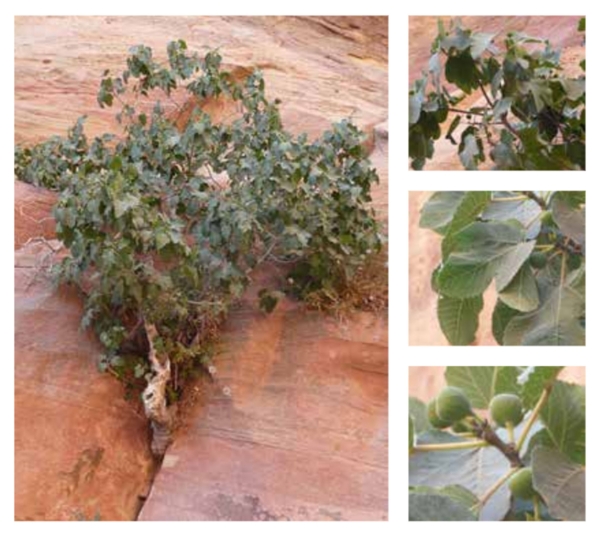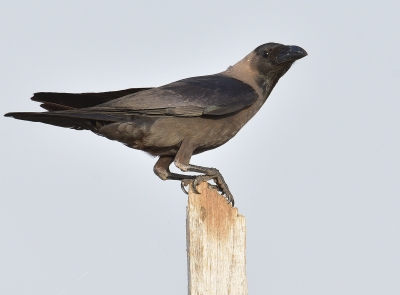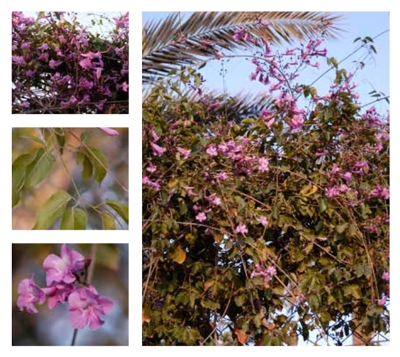
The Sycamore Fig or Fig-Mulberry (Ficus pseudosycomorus, Moraceae) is a wild plant from the mulberry family. It is cultivated in Riyadh City, the capital of the Kingdom of Saudi Arabia, and grows in protected valleys, surface rocks, and sandy slopes. It can also grow on rocky cliffs due to its long roots. Its native habitat includes tropical, subtropical, and Mediterranean regions. It is a medicinal plant and is grazed by camels.
Characteristics of the Sycamore Fig
The Sycamore Fig grows rapidly, reaching a height of approximately ten m with a spread of about eight m. It has branches that grow near the base of the trunk and dense green leaves with a leathery texture. Its flowers are small, green, and about ten cm long. The plant blooms from May until the end of July. The fruit is a small, yellow fig-like drupe, measuring three cm in size, and is edible with medicinal properties.
Cultivation of the Sycamore Fig
The Sycamore Fig propagates through seeds and stem cuttings and requires moderate care. It needs abundant watering in summer to enhance its foliage. The plant is resistant to urban environments, waterlogged conditions, and frost, tolerating temperatures as low as minus six degrees Celsius. Some fig trees may appear stunted due to extreme drought resistance, and the plant can withstand high salinity levels of up to five thousand parts per million.
Uses of the Sycamore Fig
The Sycamore Fig is cultivated in rock gardens and can be grown in containers or along wetland edges. It is used for park landscaping and stabilizing hillsides, and is suitable for commercial use.
Related quizzes
Related articles


